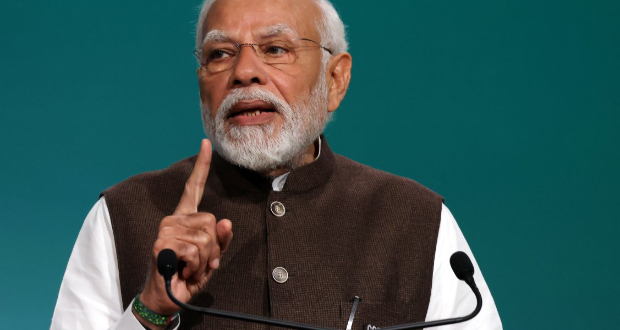They must deliver on this mandate while also ensuring societies aren’t destabilized by climate change. This is the opportune time to recast energy cooperation between the United States and India as a green industrialization partnership. This “whole-of-government” approach would leverage unique needs and strengths of relevant central government agencies, state governments, and the private sector.
The focus of this recalibrated partnership should be rapid infrastructure development, deep electrification, and creating climate-aligned budgets and investment plans.
Elements of a Climate-Aligned Industrial Partnership
1. Spend on big infrastructure (and build it fast): India has been on a building spree while the United States is beginning to embark on one with the combined capital of the Build America, Buy America Act and the Inflation Reduction Act.
This is an opportunity for U.S. states and stakeholders to learn from how India’s state-level institutions are deploying the latest technologies with federal infrastructure funding. For instance, Uttar Pradesh spent approximately $64 billion on infrastructure over the last five years while managing complex projects aimed at improving its roads, bridges, smart city upgrades, waterways, renewable energy power generation capacity, and two large national industrial rail corridor projects.
Between the two countries, there are great examples of new investments in electrified rail and the deployment of large-scale new grid infrastructure—especially for mechanical and chemical energy storage, port revitalization, and offshore wind. Both countries will need to make bigger bets and learn from each other on how to spend and build infrastructure at scale, fast.
2. Electrify everything: India’s extensive grid deployment gains provide an opportunity to reduce imported hydrocarbons to power transportation, heating, and cooking. Reducing dependence on imported hydrocarbons, especially in the context of rising global geopolitical uncertainties—as underlined by the past few years—will have the dual advantage of promoting climate goals as well as energy security.
Early lessons from the United States on demand stimulation for electrons for a newly electrified United States could be applied to assist India’s newly electrified areas in moving up an electrified energy ladder. For instance, India can learn from the experience of U.S. states like Minnesota, which meticulously documented how rural household electricity increased due to grid expansion and the resulting short and long-term impacts on rural economies. Simultaneously, India’s lessons in the deployment of modern grid infrastructure, specifically high voltage direct current (HVDC) transmission lines, could inform grid design, upgrade, and procurement policies in the United States. India has been able to plan for the integration of large-scale clean energy by advanced planning and deployment of HVDC transmission lines (currently 50 percent more than the United States), thus avoiding possible backlogs and the need for interconnection upgrades, the likes of which the United States is facing.




